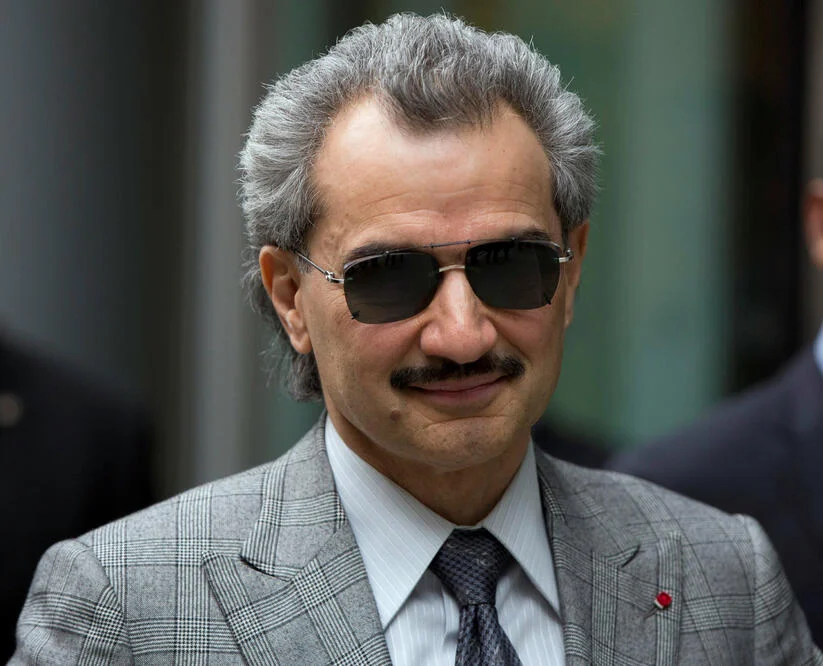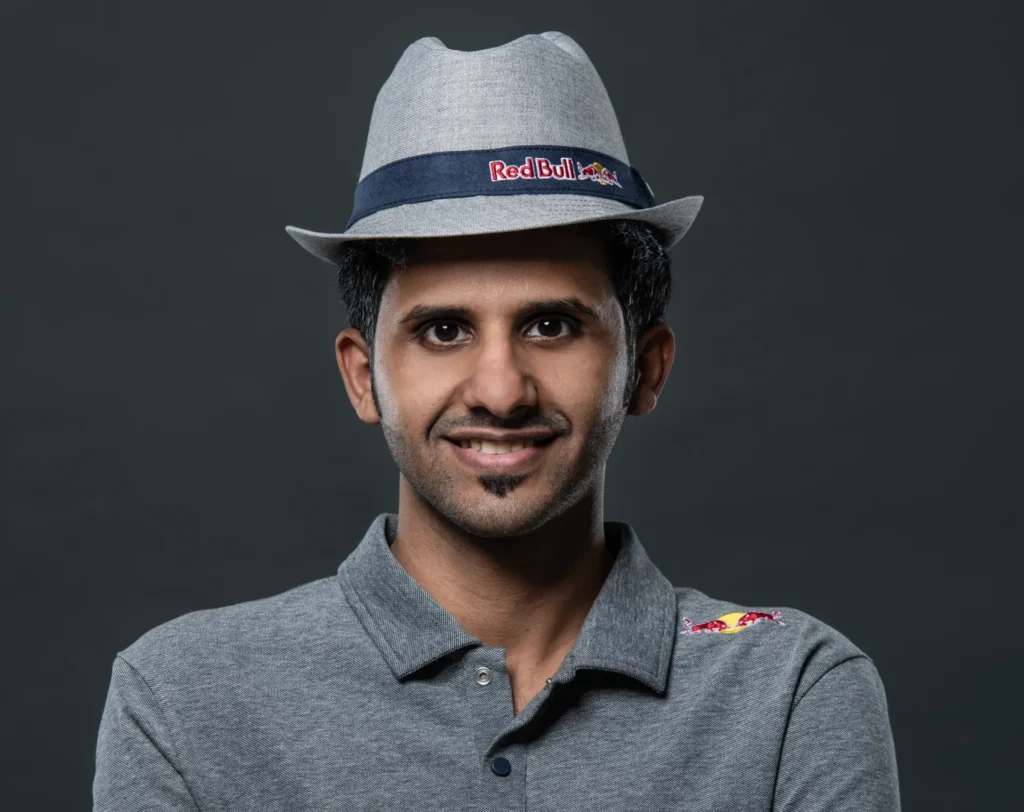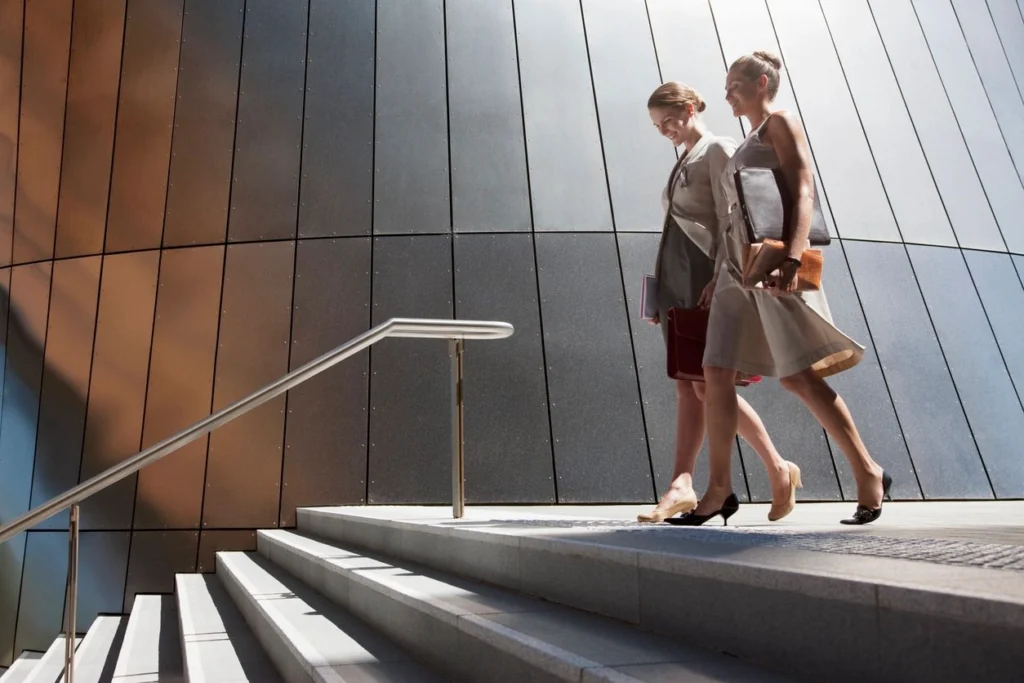Fintech Revolution The Rise of the Middle East as a Global Leader By Marina Ezzat Alfred The Middle East and North Africa (MENA) region is experiencing a fintech boom, a whirlwind of innovation fueled by a potent mix of factors: a young, tech-savvy population, rapid smartphone adoption, and a growing need for more inclusive financial services. Several key studies paint a picture of this vibrant ecosystem, highlighting its strengths and potential. Magnitt’s research, for instance, crowned fintech the MENA region’s most alluring investment sector in 2021, gobbling up roughly 27% of all startup funding. Their 2021 report revealed a staggering $1.1 billion raised by fintech startups in 2020 – a massive leap forward. This surge is largely due to the region’s incredibly high smartphone penetration, a young demographic naturally drawn to digital solutions, and increasingly supportive government regulations, including the use of regulatory sandboxes to nurture fledgling companies. It’s a perfect storm of opportunity. McKinsey’s “Future of Banking in MENA” report zeroes in on financial inclusion as a key driver. With approximately 70% of adults either unbanked or underbanked, the potential for fintech to bridge this gap is enormous. The report emphasizes the crucial role of digital solutions like mobile wallets and micro-lending platforms in reaching underserved communities, especially in rural areas. However, building consumer trust through transparency and security is paramount; this trust is the bedrock of widespread adoption. Furthermore, strategic partnerships between fintechs and established banks could unlock even greater potential. How big is the Fintech Market in MENA? The Middle East and North Africa (MENA) fintech scene is absolutely exploding. It’s not just a slow simmer, it’s a full-blown boil-over! Recent years have witnessed a meteoric rise, fueled by a confluence of factors – think perfect storm, but positive. Currently, estimates peg the market value at around $2 billion, a figure that’s expected to more than triple, reaching over $6 billion by 2025. That’s a seriously impressive trajectory. Several key ingredients are driving this phenomenal growth. First, there’s been a veritable deluge of investment. In 2022 alone, MENA fintech startups raked in approximately $1.5 billion across various funding rounds – a quantum leap compared to previous years. It’s like someone flipped a switch and suddenly the money started flowing. Furthermore, governments are actively fostering this burgeoning sector. Countries like the UAE, Saudi Arabia, and Bahrain have rolled out the red carpet, creating supportive regulatory environments and innovative “sandbox” programs that allow fintechs to test their wings without excessive red tape. This proactive approach is a game-changer. The digital revolution has also played a pivotal role. The pandemic acted as a catalyst, accelerating the adoption of digital banking and payment solutions at a breakneck pace. People, businesses, and governments alike are embracing digital technologies, and this shift is undeniably fueling the fintech boom. Finally, and perhaps most importantly, there’s a massive untapped market. A significant portion of the MENA population remains unbanked or underbanked, creating a huge demand for accessible and affordable financial services. Fintech solutions are perfectly positioned to bridge this gap and bring financial inclusion to millions. Success Stories in Fintech Across the MENA Region The MENA region is quietly becoming a fintech powerhouse. It’s a fascinating story, driven by a confluence of factors: a young, digitally native population glued to their smartphones, a burgeoning need for financial inclusion, and – let’s be honest – a healthy dose of entrepreneurial spirit. Several startups are making waves, completely reshaping how people access and use financial services. It’s a veritable explosion of innovation! Let’s dive into some prime examples. Take Souqalmal (UAE), for instance. Launched in 2012, this financial comparison platform lets users easily compare and buy insurance, credit cards, and loans. Think of it as a Kayak for your finances – super helpful for making smart choices. Their success? A slick user interface and strong partnerships. Their Series B funding round in 2020, snagging $10 million, helped them supercharge their digital capabilities. Then there’s Fawry (Egypt), a true fintech behemoth. Since 2008, they’ve been revolutionizing electronic payments, creating a massive network of agents and points of sale. Need to pay a bill, top up your phone, or buy something online? Fawry’s got you covered. Their 2020 IPO, raising a whopping $100 million, marked a significant milestone – the first fintech IPO on the Egyptian stock exchange! It speaks volumes about the region’s growing appetite for digital payments. The buy-now-pay-later (BNPL) scene is also booming. Tamara (Saudi Arabia), founded in 2020, lets shoppers pay for online purchases in installments. It’s a clever solution that’s resonated strongly with young Saudis, securing a hefty $6 million in seed funding. Their success is a testament to the power of innovative consumer financing. Payfort (UAE), acquired by Amazon in 2017, is another key player. They’re a payment processing powerhouse, enabling businesses across MENA to accept online payments securely and efficiently. Their integration with Amazon has only amplified their reach and capabilities. They’ve become indispensable for e-commerce growth in the region. Even established players are making their mark. N26, a German neobank, has successfully expanded into MENA, tailoring its fully digital banking experience to local needs – multilingual support and strategic partnerships are key to their success. This highlights the growing demand for seamless, digital banking solutions. Other notable players include YAP (UAE), a digital banking platform focusing on financial literacy for a younger demographic; NymCard (UAE), providing digital card issuance and management solutions; BitOasis (UAE), the region’s leading cryptocurrency exchange; ZoodPay (Jordan), offering BNPL and digital wallets, focusing on financial inclusion; and Lendo (Saudi Arabia), a digital lending platform connecting borrowers and lenders. Each is carving its niche in this vibrant ecosystem. Which country is best for fintech? So, what’s the big picture? The MENA fintech landscape is a dynamic, rapidly evolving space, attracting billions in investment. Several key segments are driving this growth: payments, lending, insurtech, wealth management, and cryptocurrency. Governments are playing a crucial role, creating supportive regulatory environments, including regulatory sandboxes, to foster innovation. High smartphone penetration and










